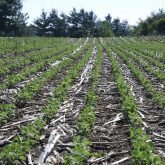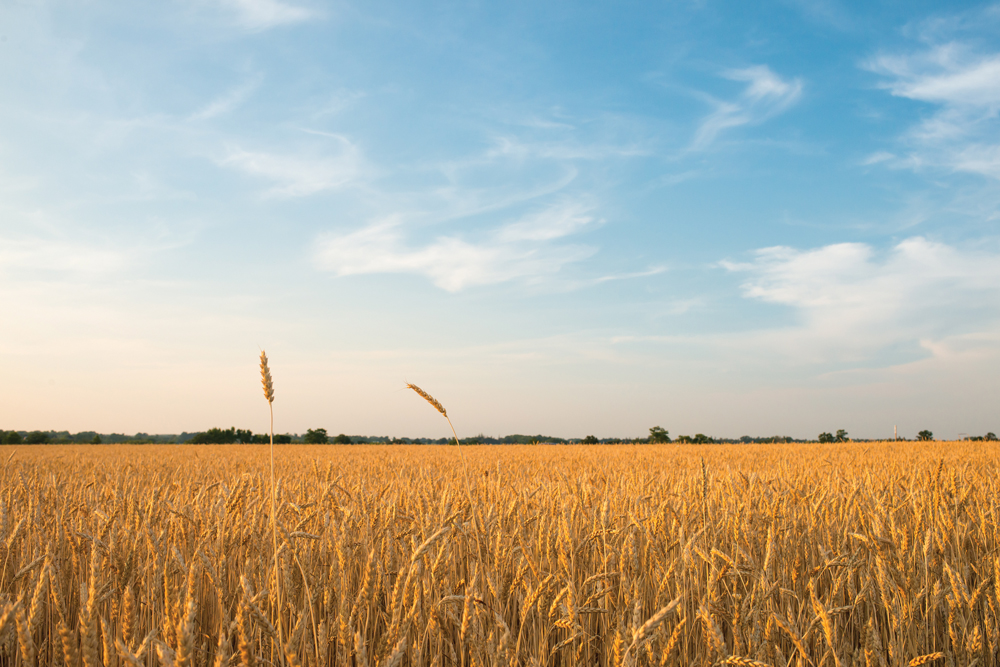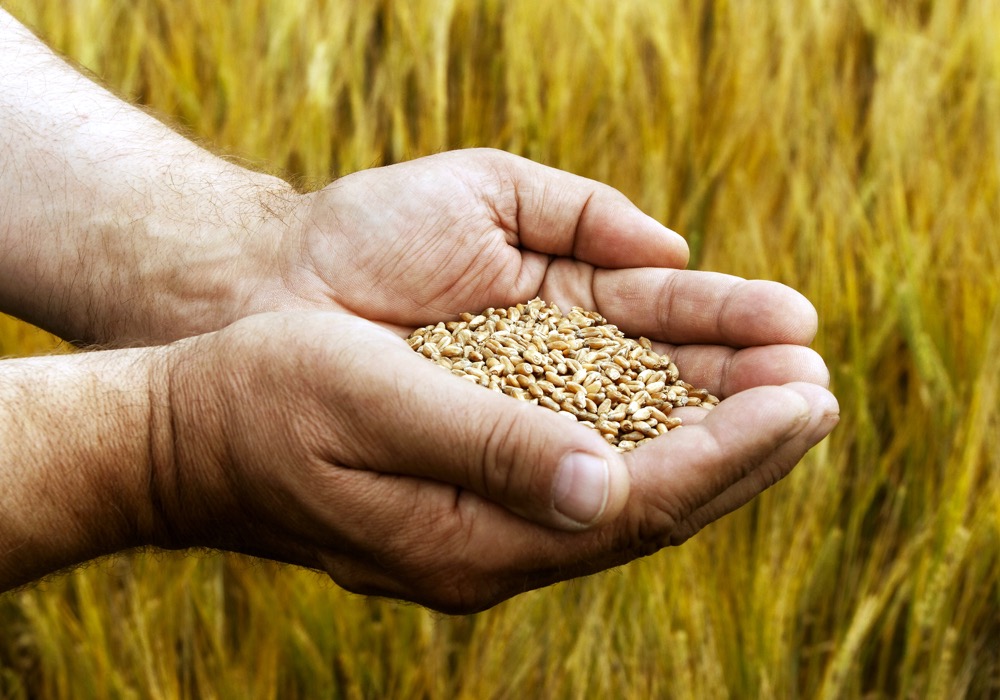The simplest way for farmers to avoid breaching Plant Breeders’ Rights (PBR) rules, including under the newly implemented UPOV ’91, is to buy certified seed, says Lorne Hadley, executive director of the Canadian Plant Technology Agency (CPTA).
What constitutes a breach? It boils down to buying seed that doesn’t return a royalty to the variety’s owner. And the breach, under UPOV ’91, even carries over to crops grown from that seed.
Under UPOV ’91, farmers who buy certified seed have the “privilege” of keeping back seed from subsequent crops indefinitely, so long as they haven’t forfeited that privilege through a contract with the seed seller.
Read Also

Manitoba canola industry has new frontiers
Canola oil is still the main priority for the sector, but canola meal is increasingly the subject of research looking for new markets and uses for the oilseed’s byproduct.
“You qualify for farmers’ privilege by making a legitimate purchase,” Hadley said. “From then on you can save the seed for your own farm. You can’t transfer it to anybody else.”
Being able to save seed is a privilege akin to a driver’s licence, Hadley said. If you pass a test and obey traffic laws the state grants you a driver’s licence. And with seed, farmers can save it so long as the seed they bought in the first place was purchased legally.
This online tool makes it easy to find out whether a variety is protected under UPOV ’91, UPOV ’78 or isn’t protected. It also shows which company has the rights to the variety.
Farmers can get more PBR information from their local pedigreed seed retailer, from the CPTA or at PBRfacts.ca.
- Read more: Tracking down illicit seed sellers
Keeping records
In addition to buying certified seed, farmers should keep a record of the purchase for at least seven years, Hadley told the Manitoba Seed Growers’ Association’s annual meeting in Winnipeg Dec. 10.
Pedigreed seed retailers should also keep a record of their sales and include the variety name and its level of pedigree on the buyer’s invoice.
Seed retailers need to explain PBR rules to their farmer-customers, Hadley said.
“There are times when you need to mention this more than once,” he said. “We want you to understand you have to have the conversation and we want you to have the background to do it well.
“You guys (retailers) are on the front line. If you get a bad feeling, do something about it. Talk to somebody. If you had a bad experience in the past, don’t go and sell to the guy again.”
When varieties are protected under UPOV ’91, seed companies can hold seed conditioners (those who clean and/or treat seed) liable when they process illegal seed or crops produced by illegal seed.
To protect themselves, Hadley recommends seed conditioners get farmers to sign a declaration stating the common seed they are delivering was originally lawfully purchased from the company holding the rights to the variety. (Most grain elevators have already added this provision to their variety declarations.)
The declaration should also state the farmer plans to use the conditioned seed “solely for planting purpose” on the farmer’s own farm, Hadley said.
If seed conditioners or elevators are found with illegal seed or grain grown from illegal seed, they can be compelled to reveal the names of the farmers who delivered, Hadley said.
Seed development costs
It costs about $1 million to develop a new crop variety, a CPTA survey of members found. It doesn’t matter the crop kind or whether it was developed by publicly funded researchers or private companies, Hadley said.
“It came as a bit of surprise,” he added. “If you look at the popular varieties in Western Canada, yeah, they probably collected a million dollars’ worth of royalties over their life, but there’s a whole whack that didn’t.”
UPOV ’91 isn’t all one way, Hadley noted. Researchers can experiment with protected varieties and use them in breeding programs without the breeder’s authorization.
There’s also a private exemption for those using a protected variety for non-commercial purposes, which include hobbyists, home gardeners and subsistence farmers.
“If you want to grow something on your farm and feed your kids and you never want to sell it into the grain market, and you’re in a subsistence area and just feeding yourself in a home garden, or those kinds of things, it (PBR) doesn’t impact you,” Hadley said.




















